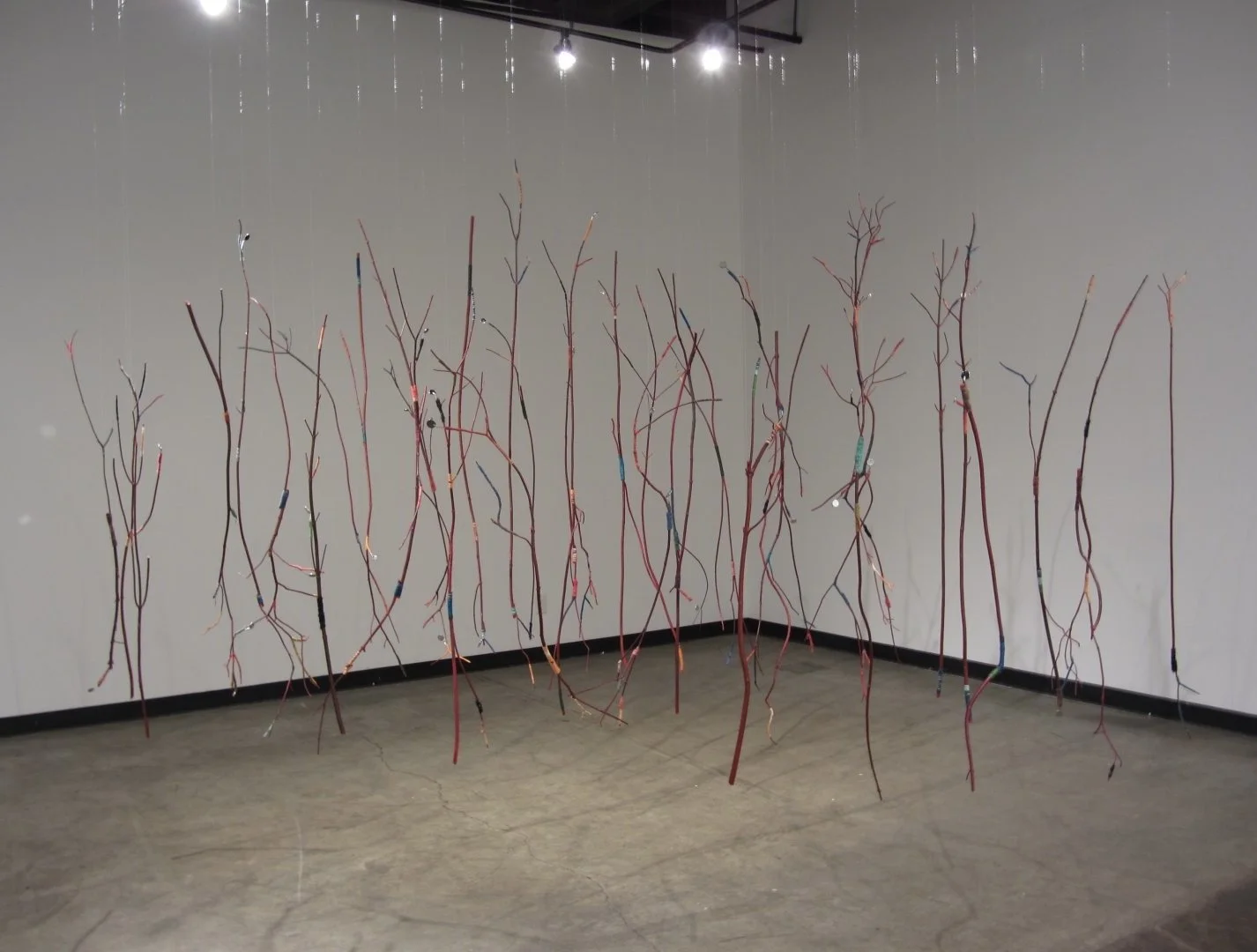Presales today, and wider public release on Thursday for nine-gallery, immersive Beyond King Tut in Vancouver
Creative producer Mark Lach says the multimedia journey uses high-tech projection in new, storytelling ways
TICKET PRESALES START today, with sales to the wider public June 16 at 8 am, for Beyond King Tut: The Immersive Experience’s tour stop at Vancouver Convention Centre East.
The multimedia trip marking the 100th anniversary of the discovery of the boy pharaoh’s tomb opens October 27 here.
Creative producer Mark Lach told Stir that the show uses the large-scale immersive projection technology that has showcased the paintings of artists like Van Gogh and Picasso in new ways.
“This may be the next evolution of these type of experiences because there's a story to tell here,” he tells Stir from the National Geographic Museum in Washington, D.C., which is launching a special installation before Beyond King Tut travels to SoWa Power Station in Boston and then Vancouver. “There's a beginning, a middle, and an end to stories both about the discovery 100 years ago but also about Tutankhamun’s life as a boy, then becoming king and his father passing on the torch, if you will, to be king, and what he must have gone through for those 10 years of his rein.”
Nine galleries, each with video components, lead up to the grand projection hall; one of Lach’s favourites is a room that re-creates the final resting chamber, with its central shrine and murals on the surrounding walls. The final projection hall celebrates the treasures of the tomb on a gigantic scale that takes viewers into the Egyptian afterlife through immersive animation, then travelling to the Great Pyramids of Giza and down the River Nile in modern-day Egypt.
Lach was part of the creative team behind the King Tut artifact exhibitions that attracted millions of visitors around the world between 2004 and 2012 and included an extended stop at the Art Gallery of Ontario. Those artifacts more recently toured to Paris and London before pandemic shutdowns—and now, for the foreseeable future, they will only be available for viewing at the new Grand Egyptian Museum, set to open at the end of this year or early next year at the foot of the pyramids. It will be the largest museum in the world.
Knowing those priceless treasures from King Tut’s tomb had returned to Egypt for the long term, and seeing the opportunity of the 100th anniversary of archaeologist Howard Carter’s discovery of the site, Lach worked with a team of experts to find new, high-tech ways to bring them to a wider public. Lach adds that National Geographic’s trove of high-res photographs and video provided the perfect resource materials for such an effort.
The show centres around the priceless objects that Carter found, but Lach is also excited about the way new technology can bring Tut’s story to vivid life.
It’s a story that still resonates over the ages, due to several unique reasons, Lach says: “Just knowing that this was the only tomb that was intact that was discovered in the Valley of the Kings, and then you see into the past because of the discovery—that's one thing. But the other thing is we know that he [Tutankhamun] was not necessarily a healthy young man and that he walked with a cane, and when you see those objects–just the wear and tear at the bottom of the cane, for instance–that’s 3,300 years ago and you’re just in awe of that and how personal these objects are.
"And of course he still has a mysterious unexplained cause of death," Lach adds. "We’re fascinated by that–not just as adults, but young folks study Egypt and King Tut in school and they’re particularly drawn to the story of him because he was one of them–a young boy, a young person."














